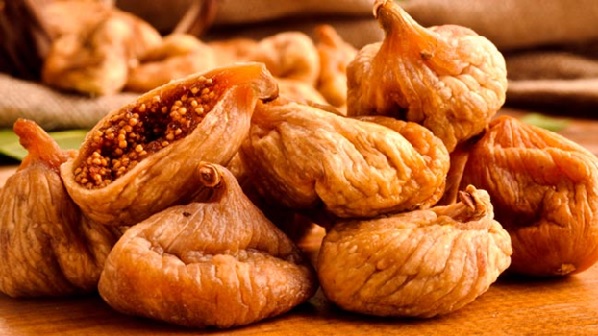Ficus carica is an Asian species of flowering plants in the mulberry family, known as Fig. It is the source of the fruit also called the fig, and as such is an important crop in those areas where it is grown commercially. Native to the Middle East and western Asia, it has been sought out and cultivated since ancient times, and is now widely grown throughout the temperate world, both for its fruit and as an ornamental plant. The species has become naturalized in scattered locations in Asia and North America.

Ficus carica is a gynodioecious (functionally dioecious), deciduous tree or large shrub, growing to a height of 7–10 meters (23–33 ft), with smooth white bark. Its fragrant leaves are 12–25 centimeters (4.7–9.8 in) long and 10–18 centimeters (3.9–7.1 in) across, and deeply lobed with three or five lobes. The complex inflorescence consists of a hollow fleshy structure called the syconium, which is lined with numerous unisexual flowers. The flower itself is not visible from outside the syconium, as it blooms inside the infructescence. Although commonly referred to as a fruit, the fig is actually the infructescence or scion of the tree, known as a false fruit or multiple fruit, in which the flowers and seeds are borne. It is a hollow-ended stem containing many flowers. The small orifice (ostiole) visible on the middle of the fruit is a narrow passage, which allows the specialized fig wasp Blastophaga psenes to enter the fruit and pollinate the flower, where after the fruit grows seeds.